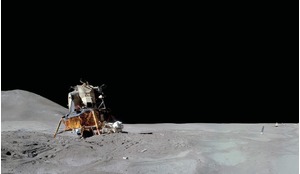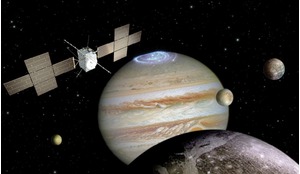Space represents an effectively infinite supply of resources, in terms of materials and energy. In the long-term, it presents humankind with a unique opportunity to move heavy industries completely off Earth, leaving our planet zoned strictly for ‘residential and light industrial’ use. But until we break through the current paradigm that ‘space access is expensive because the demand for it is small, but the demand is small because space access is expensive’, much of that potential will remain unrealised.
Today, after more than half a century of spaceflight, our activities in space are still limited to a relatively small number of technical disciplines and missions, while human access to space is restricted to a few people flying very infrequently to a single destination in low Earth orbit (LEO).
Access paradigm A combination of political, technological and business factors has conspired both to encourage and constrain our efforts to access space. Government programmes have, to a large degree, been driven by political issues such as national security, the size of discretionary budgets and conservation of the industrial base. In contrast, development of commercial ventures has been paced by market and financial constraints more than by direct limitations of the available technologies. The end result is that the growth of space activities has been relatively slow; some would argue it has actually stagnated and even regressed.
Space is still dominated by government programmes, both civil and military, while communication satellites – a market that is successful because it moves information, rather than material objects, through space – represent the nearest thing to a truly commercial sector, even though government funding still underpins much of its basic development. As a consequence, the economic value of current space activities is relatively small compared to other business activities.
Read more of the analysis of the space access paradigm in the full version of the article, available now to our subscribers.














